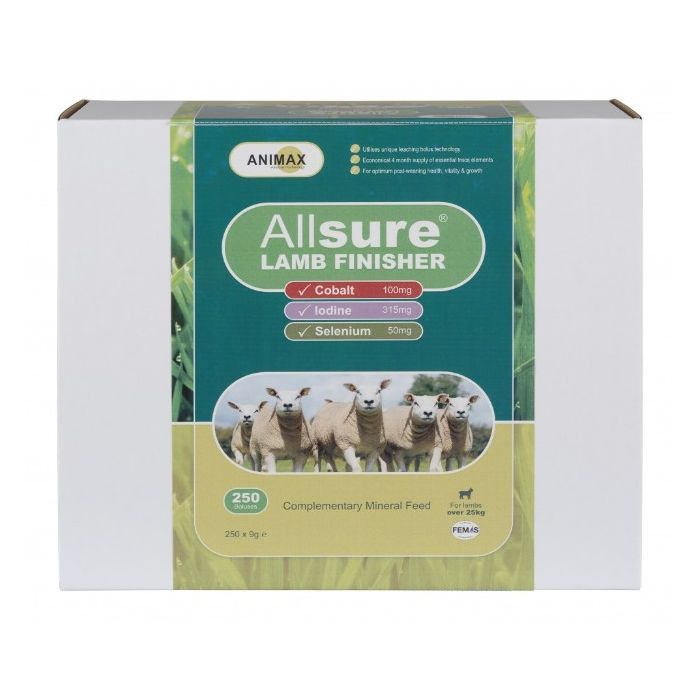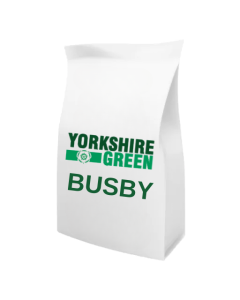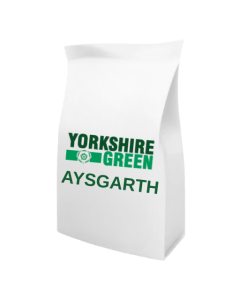Lamb Finisher (4 months) 250 Applications
SKU
70818
Trace elements:
- Cobalt 185mg
- Iodine 660mg
- Selenium 100mg
Use with lambs and sheep when trace element supplementation is indicated but copper is not required. Does not include copper so is suitable for copper sensitive breeds.
| Weight | 0.250000 |
|---|---|
| Brand | Animax |
| Selling Unit of Measure | Each |
| Decimal Places Qtys | 1 |
Write Your Own Review













